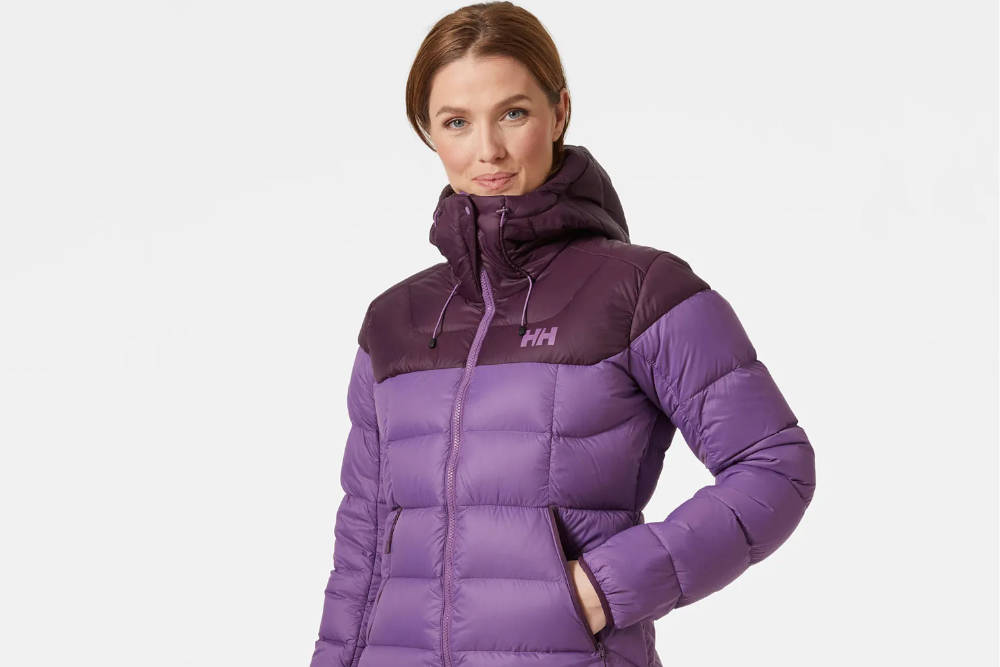
Helly Hansen is a sustainable Norwegian clothing brand, manufacturer, and retailer of comfortable, durable apparel and sports equipment. It was founded in 1877 by Helly Juell Hansen and is headquartered in Oslo, Norway.
Helly Hansen makes clothing, accessories, shoes, and equipment. Hardware retailer Canadian Tire Corporation owns Helly Hansen along with other outdoor clothing brands such as Musto.
Helly Hansen develops high-quality gear to protect people at sea and in the mountains and protect these environments. It strives to ensure its actions support the possibility for people and the planet to thrive.
Helly Hansen applies a management system approach to sustainability and is committed to protecting people and the environment. It takes a life cycle approach to its products and seeks to minimize its environmental impacts.
Panaprium is independent and reader supported. If you buy something through our link, we may earn a commission. If you can, please support us on a monthly basis. It takes less than a minute to set up, and you will be making a big impact every single month. Thank you!
Sustainability Rating: 6/10
Rating FAQ
Category: Clothing, accessories, shoes, bags
For: Women, men, children
Type: Basics, knitwear, activewear, underwear, loungewear, swimwear, outerwear
Style: Casual
Quality: Medium
Prices: $$
Sizes: XS-3XL, 2-16 (US), 4-18 (UK), 34-46 (EU), 4-18 (AU)
Fabrics: Cotton, hemp, modal, viscose, polyester, nylon, spandex, polyethylene, polypropylene, acrylic, neoprene, polyurethane, rubber, leather, wool, silk, down
100% Organic: No
100% Vegan: No
Ethical & Fair: Yes
Recycling: Yes
Producing countries: Bangladesh, Cambodia, China, France, Hungary, Indonesia, Italy, Laos, Poland, Slovenia, Sri Lanka, Sweden, Turkey, Vietnam
Certifications: BCI, RWS, RDS, LWG, FSC, Bluesign, Oeko-Tex, BSCI, WRAP, SMETA, SA8000
Sustainability Practices
Helly Hansen uses a medium proportion of organic materials such as organic cotton or recycled materials such as recycled polyester or semi-synthetic fibers such as modal and viscose.
Many of its fabrics are either natural without relevant certifications, such as regular cotton, or synthetic petroleum-based fibers such as polyester, nylon, acrylic, and more.
Helly Hansen publishes a list of all its manufacturers and many of its processing facilities on its corporate website. It aims to respect, protect and promote ethical values, human rights, and the environment.
The 2022 Fashion Transparency Index gave Helly Hansen a score of only 28% based on how much the group discloses about its social and environmental policies, practices, and impacts.
Helly Hansen manufactures its clothes in Turkey and many other East Asian countries, where human rights and labor law violations happen every day.
The Norwegian clothing retailer does show some labor certification standards that could ensure good working conditions, health, safety, and other crucial rights for workers in its supply chain.
Helly Hansen has a code of conduct that applies to all its suppliers and subcontractors based on the regulations set by the International Labor Organization (ILO).
Helly Hansen assesses compliance with its Code of Conduct by organizing valid factory inspections. It requires a C rating or better for a BSCI audit.
Helly Hansen doesn't use exotic animal skin, hair, fur, or angora. But it uses leather, wool, silk, and down feathers to manufacture many of its clothing pieces.
These animal-derived materials are cruel and unethical. They also harm the environment by producing greenhouse gases and waste. More sustainable alternatives exist.
Sustainability Goals
Helly Hansen has committed to switching to recycled raw materials and has signed the Textile Exchange 2025 Recycled Polyester Challenge. It aims for at least 50% of its polyester and polyamide fibers to be recycled by 2025.
Helly Hansen is also working on resource efficiency and low liquid ratio dyeing. It is mapping the wet processes in its supply chain and targeting to have 80% of its facilities on the highest level of the HIGG Facility and Environmental Module by 2025.
Helly Hansen has set a target to have 80% of the material suppliers at the leadership level by 2025. Its long-term goal is to source raw materials only from preferred sources.
Buy Here
Discover Helly Hansen's sustainable collections at HellyHansen.com.
Reviews And Experiences With Helly Hansen
Have you had (good) experiences with shopping at or the products of Helly Hansen? Then leave us your rating below.
What We're Up Against
Multinational corporations overproducing cheap products in the poorest countries.
Huge factories with sweatshop-like conditions underpaying workers.
Media conglomerates promoting unethical, unsustainable products.
Bad actors encouraging overconsumption through oblivious behavior.
- - - -
Thankfully, we've got our supporters, including you.
Panaprium is funded by readers like you who want to join us in our mission to make the world entirely sustainable.
If you can, please support us on a monthly basis. It takes less than a minute to set up, and you will be making a big impact every single month. Thank you.






























0 comments